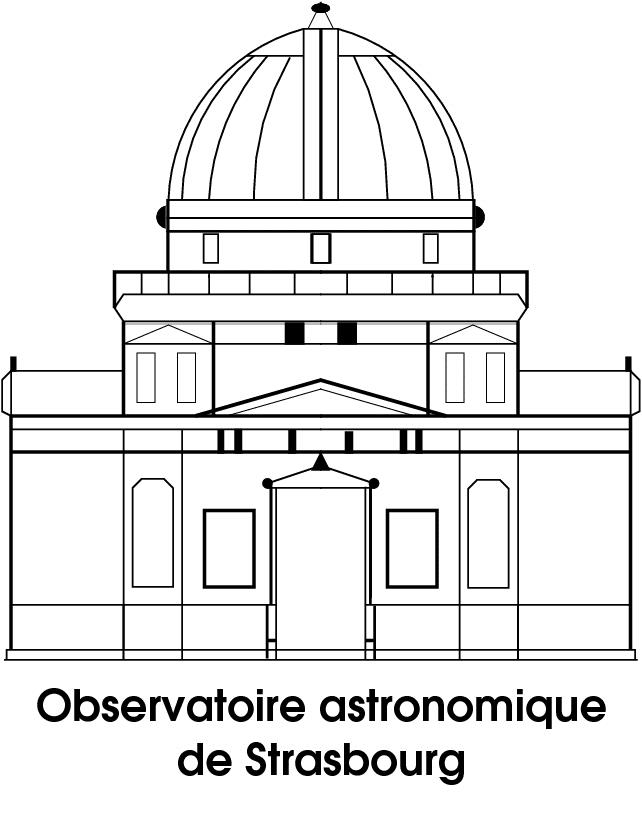The ground segment
A key elements of the SVOM mission are the Ground Wide Angle Cameras
(GWACs) and the Ground Follow-up Telescopes (GFTs). The GWACs, an array
of wide FoV optical cameras operating in the optical domain, will
permit a systematic study of the visible emission during and before the
prompt high-energy emission. It will cover a field of view of about
8000 deg^2 , with a sensitivity of about 15 magnitudes at 5 s (under
the full Moon condition), in the V band and with a 15 s exposure time.
It will monitor continuously the field covered by ECLAIRs in order to
observe the visible emissions of more than 20 % of the events, at least
5 minutes before and 15 minutes after the GRB trigger.
The GFTs, two robotic 1-meter class telescopes
(one managed by France, an other one by China), will point
automatically their field-of view towards the space-given error box
within tens of seconds after the alert reception and will provide
panchromatic follow-up (visible to near-infrared). They will contribute
to the improvement of the link between the scientific payload and the
largest telescopes by measuring the celestial coordinates with an
accuracy better than 0.5'', and by providing an estimate of its
photometric redshift in less than 5 min after the beginning of the
observations. These information will be available to the scientific
community through an alert message. Evenly placed on the Earth (one in
South America in a place to be defined, the other one in China), they
will be in a position to start the research of the GRB optical emission
immediately after the alert reception in more than 40 % of the cases.
All the alerts of any new transient candidate will
be transmitted from the scientific payload to the ground in real-time
via a VHF real-time network, which is based on the successful
experience of the Hete-II mission. The prompt alert will be distributed
to the scientific community in the first minutes after the on-board
detection through the GCN network. Main characteristics of the burst,
the useful ones for follow-up campaigns, will be determined from a
subset of data downlinked in real-time through the VHF network, before
the full data are available through the X-band. A follow-up program
more...
|
 The SVOM French Web Site
The SVOM French Web Site







